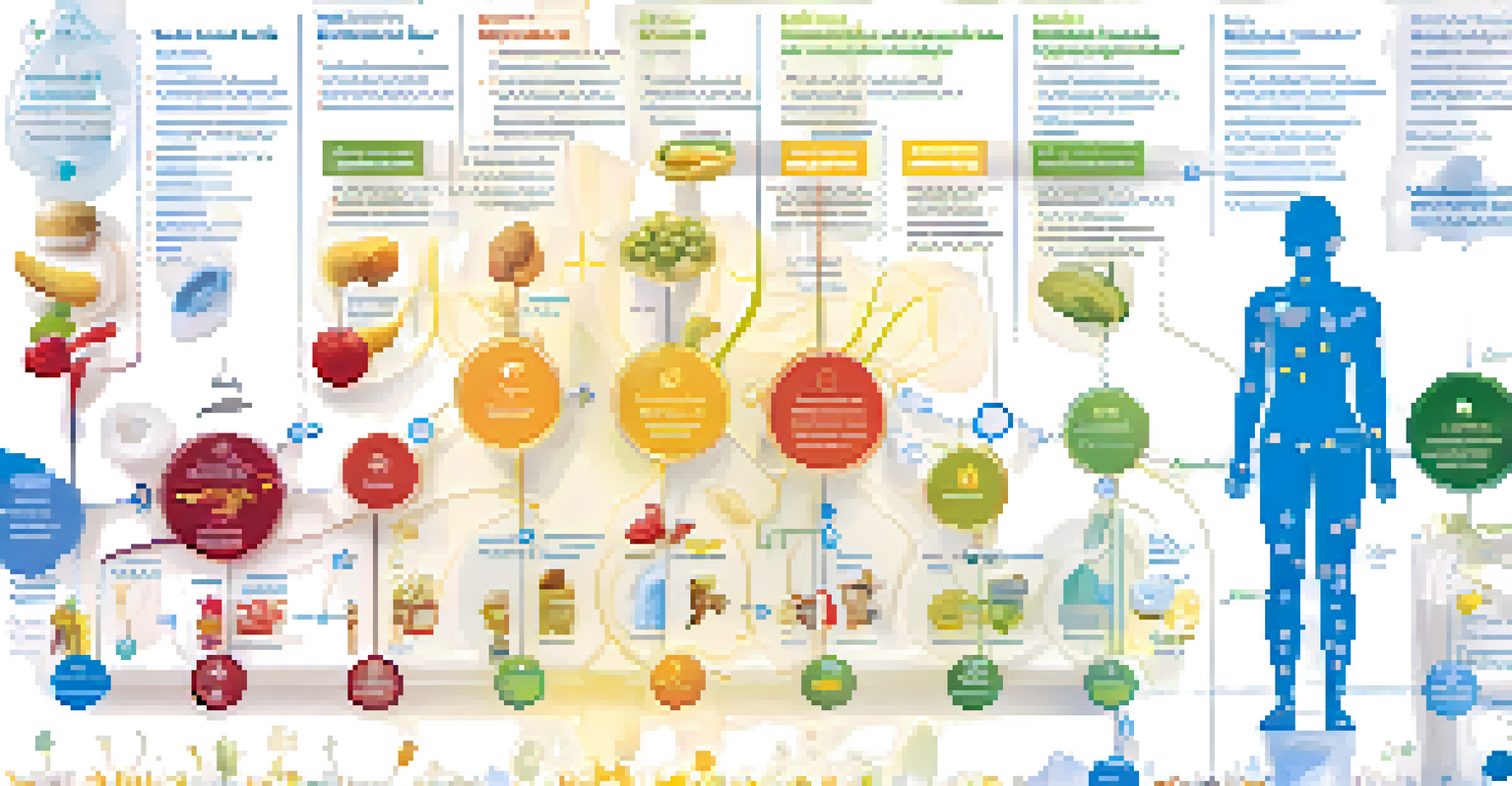The Science Behind Food Allergies: What We Know So Far

What Are Food Allergies and How Do They Occur?
Food allergies arise when the immune system mistakenly identifies a harmless food protein as a threat. This misidentification triggers an immune response, leading to various symptoms that can range from mild to severe. Common food allergens include peanuts, tree nuts, milk, eggs, wheat, soy, fish, and shellfish.
Food allergies are not only a medical issue, but they can also be a social issue, creating barriers to participation in everyday activities.
When someone with a food allergy consumes an allergenic food, their body produces antibodies called Immunoglobulin E (IgE). These antibodies then release chemicals, including histamine, which is responsible for allergy symptoms such as hives, swelling, and even anaphylaxis, a life-threatening reaction.
Understanding this process helps us grasp the severity of food allergies. For those affected, even a tiny amount of the allergenic food can trigger a reaction, making awareness and avoidance crucial.
The Role of Genetics in Food Allergies
Genetics play a significant role in the development of food allergies. If a child has a parent with allergies, they are more likely to develop allergies themselves. This familial link suggests that certain genetic factors predispose individuals to allergic reactions.

Researchers have identified specific genes that may influence the likelihood of developing food allergies. For example, variations in genes related to immune function can affect how the body reacts to food proteins. However, having a genetic predisposition does not guarantee that someone will develop an allergy.
Food Allergies: Immune Misfire
Food allergies occur when the immune system mistakenly identifies a harmless food protein as a threat, triggering a potentially severe response.
This complexity highlights the need for further research. Understanding the genetic factors involved could lead to better prevention strategies and treatments for those at risk.
Environmental Factors Contributing to Food Allergies
While genetics are important, environmental factors also play a critical role in the rise of food allergies. Changes in diet, lifestyle, and exposure to allergens in early childhood may influence the development of these allergies. For instance, the 'hygiene hypothesis' suggests that reduced exposure to microbes in early life can lead to an increased risk of allergies.
The best way to prevent an allergic reaction is to avoid the allergen altogether, but understanding the underlying causes can help develop better management strategies.
Another factor is the timing of allergen introduction in infants. Some studies suggest that introducing allergenic foods early may help prevent the development of allergies. This is a shift from previous guidelines that recommended delaying exposure to certain foods.
These insights indicate that the relationship between environment and food allergies is complex. As we uncover more about these factors, we can better inform parents and caregivers on how to potentially reduce allergy risks for their children.
Common Symptoms and Reactions to Food Allergies
Food allergy symptoms can vary widely, making them tricky to identify. Common reactions include hives, swelling of the lips or tongue, stomach cramps, and difficulty breathing. These symptoms can occur within minutes or hours after consuming the allergenic food.
In more severe cases, anaphylaxis can occur, which is a rapid and life-threatening reaction. Symptoms of anaphylaxis can include a sudden drop in blood pressure, difficulty breathing, and loss of consciousness. It requires immediate medical attention and often an injection of epinephrine.
Genetics and Environment Matter
Both genetic predisposition and environmental factors, such as early exposure to allergens, significantly influence the development of food allergies.
Recognizing these symptoms is crucial for prompt treatment. Awareness can save lives, as knowing when to seek help can significantly alter the outcome of an allergic reaction.
Diagnosis and Testing for Food Allergies
Diagnosing food allergies typically involves a combination of patient history, elimination diets, and allergy testing. Doctors often start with a thorough discussion of symptoms and family history to identify possible allergens. This initial assessment guides the next steps in testing.
Skin prick tests and blood tests, such as the specific IgE test, can help confirm allergies. In a skin prick test, a small amount of the allergen is applied to the skin, and the reaction is observed. Blood tests measure the immune response to specific food proteins.
These diagnostic tools are essential for understanding a person's allergies. Accurate diagnosis can help individuals and families navigate dietary restrictions and avoid potential allergic reactions.
Current Treatments and Management Strategies
Currently, the main strategy for managing food allergies is strict avoidance of the offending food. For individuals with severe allergies, this means being vigilant about reading food labels and asking about ingredients when dining out. However, avoidance alone can be challenging and isolating.
Recent advancements in treatment options are promising. Oral immunotherapy, for example, involves gradually introducing small amounts of the allergenic food to build tolerance over time. While still under research, this approach has shown potential in helping some individuals manage their allergies more effectively.
Future Research Promises Hope
Advancements in food allergy research, including the role of the microbiome and potential vaccines, aim to improve prevention and treatment strategies.
As treatments evolve, ongoing education about food allergies is vital. Individuals and families must stay informed about new research and treatments to make the best choices for their health.
The Future of Food Allergy Research
The field of food allergy research is rapidly advancing, with scientists exploring new ways to prevent and treat these conditions. Research is delving into the role of the microbiome—the community of microbes living in our bodies—and its connection to allergies. Understanding how these microbes influence the immune system could lead to innovative prevention strategies.
Additionally, studies are looking at potential vaccines for food allergies. These vaccines aim to desensitize the immune system to specific allergens, offering hope for long-term relief for those affected. While still in the experimental phase, these developments are a beacon of hope for many.

As we continue to learn more about food allergies, collaboration among researchers, healthcare providers, and communities will be essential. This collective effort can help drive forward the discoveries that enhance understanding and treatment of food allergies.